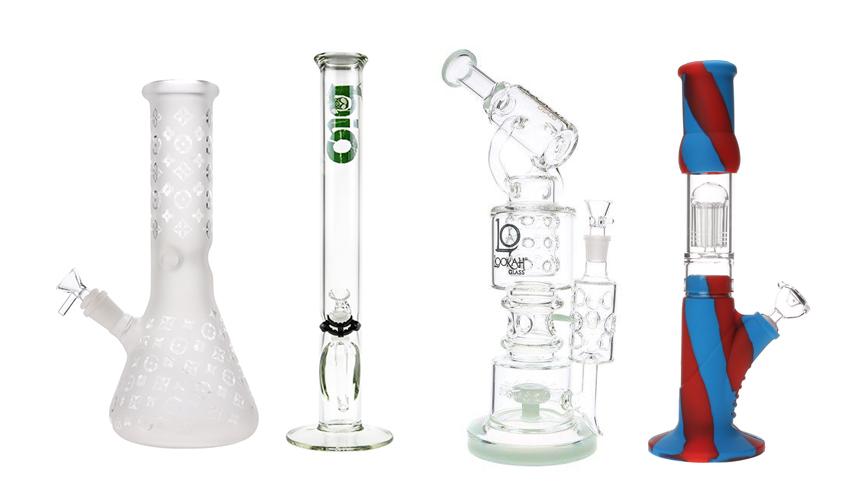A bong or “waterpipe” is a filtration device used by cannabis or hashish smokers to get the best smoking experience that is very different from vaporizers or joints. The word’s Etymology comes from the Thai word “Baung”, referring to a cylinder-shaped wooden pipe or tube cut from Bamboo.
With over 200 million smokers worldwide, there have to be aesthetic preferences that differ. Hence, bongs are found in various shapes, designs, sizes, and materials and can cost between below a few hundred to a few thousand dollars.
Read on to learn more about the different types of bongs by material and how one works.
How Does a Bong Work?
The primary difference between a bong and hookah is that the smoke in a hookah or shisha is inhaled through a tube, but a bong has a mouthpiece on the pipe itself.
A bong with a carb hole or kick hole requires the user to pull the pipe full of smoke first. They can then release the finger from the hole Buy Weed to inhale the concentrated smoke in one huge draw.
Another distinction is that a bong is lit with a flame rather than coals, as in a hookah. One can use a lighter or a bong wick, also known as hemp wick, to light a bong.
Types of Bongs by Material
Read below all about the different types of materials used to make a bong.
Glass
Glass is the most commonly used material to make a bong. And since the glass does not influence the flavor of the smoke, it delivers a clean, pure taste and is most preferred by smokers.
Glass is transparent; hence it is also easy to check for resin buildup. It’s also extremely simple to clean when there is an accumulation. These factors make a glass bong far more expensive than other types.
Plastic
Plastic is the second-most preferred material for a bong since it is highly durable and ideal for traveling.
During a coughing episode, one can very well drop the bong and damage it. Besides, they are affordable compared to other materials and do not shatter or split like glass or ceramic.
The only disadvantage of using a plastic bong is that it may slightly alter the taste of the smoke.
Ceramic
When compared to the other materials, a ceramic bong is heavier and sturdier. A ceramic bong is not ideal for travel because of this, as well as its overall fragility. However, they come in various unusual shapes, sizes, and colors since clay is incredibly pliable.
A ceramic bong is typically more expensive than a plastic bong due to the labor involved in its production. Though one may not use a ceramic bong regularly, they are ideal for special events or displaying in a cabinet or on a shelf as a showpiece.
Bamboo
Another popular material used to make a bong is Bamboo. A Bamboo bong can be as simple as a tube of Bamboo enclosed at the bottom to as elaborate as a design using metal, lacquer, and paint. Bamboo is also quite sturdy, so the bamboo bong will last for a long time if maintained properly.
A bong is an essential item for any smoker. There are several advantages as well as disadvantages to using specific materials when building a bong. However, they all serve the same purpose and what material to use depends entirely on the smoker, and this article has only served as an insight into their characteristics.

